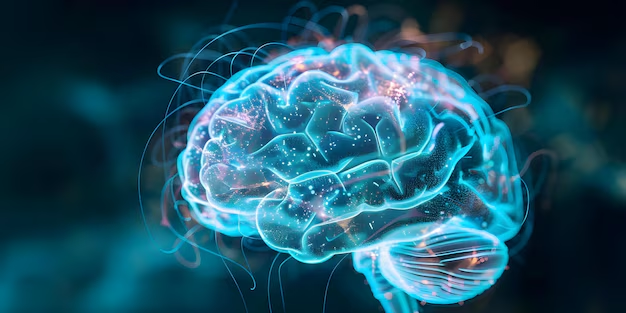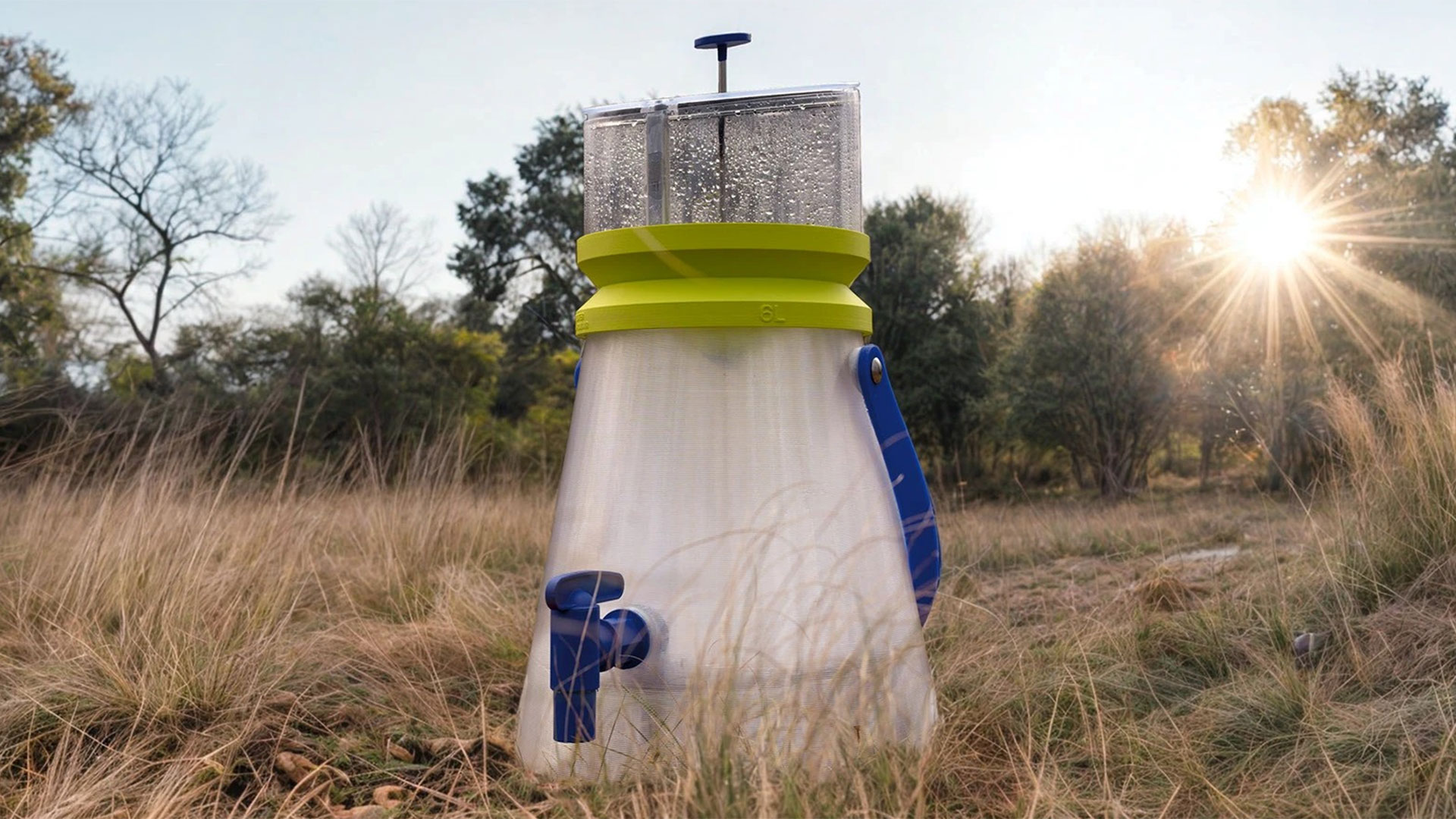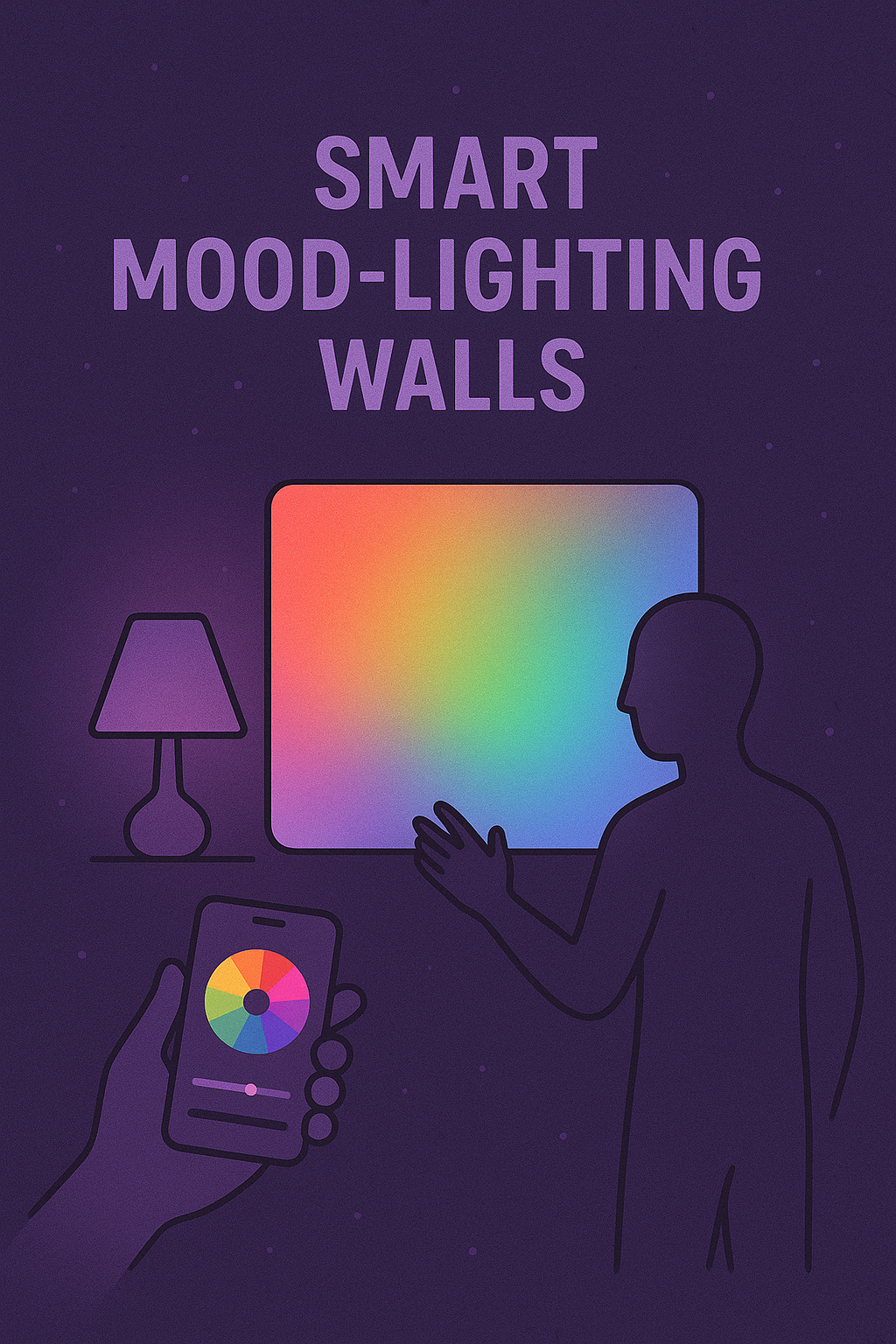Nano-Patch Medicine Delivery
A Nano-Patch Medicine Delivery System is a microscopic, trans dermal drug delivery platform that uses nano-scale structures and micro-needles to deliver therapeutic agents directly through the skin without pain, injections, or hospital supervision.
Unlike conventional pills or syringes, the nano-patch allows precise, controlled, and targeted release of medicine using nanoparticles, biodegradable polymers, and smart sensors that adapt to the body’s condition in real time.
It’s a wearable medical interface that makes treatment personalized, painless, and programmable.
Foundational Philosophy
Traditional drug delivery faces critical limitations:
- Pills pass through the digestive system — leading to loss of potency and side effects.
- Injections are invasive, painful, and require skilled administration.
- Maintaining consistent therapeutic levels is difficult.
The nano-patch addresses these problems by creating a direct biological bridge between the medicine and the bloodstream through the skin’s microarchitecture — bypassing the gastrointestinal tract entirely.
The philosophy: “Deliver precisely what’s needed, where it’s needed, when it’s needed — and nothing more.”
1️⃣ Microstructure Layer (Physical Interface with Skin)
This is the outermost, contact layer — a flexible patch embedded with microneedles or nanochannels that gently penetrate the outer skin layer (stratum corneum) without reaching pain receptors or blood vessels.
Key Components:
- Microneedles:
- Made of biodegradable polymers, silicon, or stainless steel.
- Typically 200–700 micrometers long — too short to cause pain.
- Dissolve or retract after medicine delivery.
- Nanochannels / Nanopores:
- Engineered pathways that allow nanoparticles to diffuse through skin layers.
- Maintain precise control over release rates.
- Flexible Substrate:
- Stretchable polymer (e.g., PDMS, polyurethane) that conforms to skin movement.
- Breathable to avoid irritation.
Smart Features:
- Temperature and pH sensors integrated into the base.
- Antibacterial coatings to prevent infection.
- Self-adhesive layer that adjusts grip based on humidity or sweat.
2️⃣ Nano-Carrier Layer (Medicine Encapsulation & Transport)
This layer contains nanoparticles, nanocapsules, and nanoshells that store and deliver active drugs.
Types of Nano-Carriers:
- Liposomes: Spherical lipid bilayers that carry both hydrophilic and hydrophobic drugs.
- Polymeric Nanoparticles: Biodegradable polymers like PLGA, chitosan, or PEG for controlled release.
- Dendrimers: Branched nanostructures for high drug loading capacity.
- Nanoemulsions: Oil-in-water or water-in-oil dispersions for enhanced permeability.
- Magnetic / Photothermal Nanoparticles: Activated by external stimuli like magnetic fields or light.
Release Mechanisms:
- Diffusion-Controlled: Drug diffuses gradually through nanopores.
- Stimuli-Responsive: Release triggered by temperature, pH, or biosignals.
- Electro-Responsive: Voltage pulse opens nanopores for timed release.
- Enzyme-Triggered: Body enzymes break down carrier, releasing drug molecules.
Advantages:
- Nano-scale ensures efficient absorption.
- Protects drug molecules from degradation.
- Enables multi-drug combinations within one patch.
3️⃣ Smart Control Layer (Embedded Intelligence)
This layer integrates microelectronics, sensors, and AI-driven controllers to manage drug delivery dynamically.
Components & Functions:
- Microprocessor / Biochip:
- Controls dosage timing, amount, and release profile.
- Interfaces with smartphone or cloud via Bluetooth/5G.
- Biometric Sensors:
- Measure physiological parameters — glucose, heart rate, body temperature, or sweat composition.
- Real-time feedback ensures adaptive dosing.
- AI Algorithm:
- Predicts patient needs based on biometric patterns.
- Adjusts medicine release accordingly.
- Energy Source:
- Flexible thin-film battery or bioelectric harvesting from body heat/movement.
- Safety Circuit:
- Prevents overdosage or malfunction; automatically halts release if abnormal readings occur.
Example:
For a diabetic patient, the patch senses elevated glucose levels and automatically releases insulin nanoparticles until optimal balance is restored.
4️⃣ Connectivity & Data Layer (Health Cloud Integration)
The nano-patch is connected to a secure digital health ecosystem for monitoring, analytics, and telemedicine.
Core Features:
- Wireless Communication: Bluetooth LE / NFC / 5G connectivity.
- Mobile App / Dashboard:
- Displays dosage history, vitals, and device status.
- Allows clinicians to adjust treatment remotely.
- Cloud Database:
- Stores anonymized biometric and dosage data.
- Enables AI learning from population-level trends.
- Blockchain Integration (Optional):
- Provides immutable logs of dosage and patient compliance.
- Useful for clinical trials and regulatory transparency.
Mechanism of Action (Step-by-Step Workflow)
1️⃣ Attachment:
User applies the patch to skin — adhesive holds it securely.
2️⃣ Penetration:
Microneedles painlessly breach the stratum corneum (~50 μm depth).
3️⃣ Sensing & Calibration:
Sensors measure local temperature, pH, or biomarker concentration.
4️⃣ Controlled Release:
Nano-carriers release the drug based on preprogrammed schedule or physiological trigger.
5️⃣ Absorption:
Nanoparticles diffuse through dermal tissue and reach bloodstream or local cells.
6️⃣ Monitoring:
Real-time data sent to device or doctor — confirming dosage success.
7️⃣ Dissolution & Disposal:
Microneedles dissolve or retract; patch is removed and recycled or discarded.
Nanotechnology Foundations
1. Nanoparticle Engineering:
Precise control of size (10–200 nm), surface charge, and coating ensures high biocompatibility and permeability.
2. Surface Functionalization:
Nanoparticles coated with ligands or antibodies for targeted delivery to specific tissues (e.g., tumor targeting).
3. Responsive Materials:
Shape-memory polymers or graphene composites that react to temperature/light stimuli.
4. Self-Healing Polymers:
Patch can automatically repair micro-cracks, ensuring consistent drug diffusion.
Applications
| Medical Field | Use Case |
|---|---|
| Diabetes | Continuous glucose monitoring + insulin release |
| Oncology | Targeted chemotherapy with reduced systemic toxicity |
| Vaccination | Painless nano-immunization (e.g., COVID-19, influenza) |
| Pain Management | Localized anesthetic or opioid control |
| Hormone Therapy | Controlled estrogen/testosterone release |
| Neurological Disorders | Dopamine or neuro-drug modulation |
| Wound Healing | Anti-inflammatory and antimicrobial nanocarriers |
| Infectious Diseases | Antiviral nanoparticle delivery (e.g., HIV blockers) |
Material Composition Example
| Component | Material |
|---|---|
| Microneedles | Biodegradable PLGA + graphene oxide for conductivity |
| Patch Substrate | PDMS (polydimethylsiloxane) flexible film |
| Drug Carrier | PEGylated liposome nanoparticles |
| Sensor Array | Graphene-based biosensors |
| Controller | CMOS biochip with AI microcontroller |
| Power Source | Thin-film lithium polymer battery |
| Coating | Silver nanoparticle antimicrobial film |
Advantages
- Painless & Non-invasive — No needles or injections.
- Precise Dosing — Micron-level control of drug quantity.
- Smart & Adaptive — AI-controlled release per physiological need.
- Portable & Wearable — Compact, discreet, and easy to use.
- Reduced Side Effects — Avoids systemic overload.
- Improved Compliance — Automated dosing eliminates user error.
- Environmentally Safe — Biodegradable and recyclable materials.
Challenges & Considerations
- Mass Manufacturing: Large-scale nano-fabrication cost and consistency.
- Skin Variability: Different skin types affect absorption.
- Regulatory Approval: Requires extensive clinical validation (FDA, EMA).
- Biocompatibility: Avoiding long-term immune response.
- Data Privacy: Secure transmission of health data.
- Battery & Disposal Safety: Ensuring eco-friendly design.
Emerging Enhancements
- AI-Driven Personalized Medicine:
Patch learns patient metabolism over time for dynamic dosing. - Multi-Drug Layering:
Different zones release different drugs for combination therapy. - Self-Powered Systems:
Energy harvesting from skin heat or motion. - Nanorobotic Integration:
Future patches could deploy microscopic bots that navigate to target tissues. - Quantum Dots for Diagnostics:
Quantum sensors embedded for real-time molecular detection.
Societal & Economic Impact
| Domain | Impact |
|---|---|
| Healthcare Accessibility | Enables self-administered treatments globally |
| Cost Efficiency | Reduces hospital visits and logistics |
| Public Health | Mass immunization through patch mail-outs |
| Pharmaceutical Industry | Shifts toward personalized nano-formulations |
| Developing Regions | Portable, non-refrigerated drug storage |
Ethical & Regulatory Dimensions
- Informed Consent: Users must know patch’s capabilities and data use.
- Autonomy: Allows self-treatment while maintaining physician oversight.
- Data Governance: Compliance with HIPAA, GDPR for health data.
- Transparency: Explainable AI for dosage decisions.
- Equity: Ensure affordability and accessibility worldwide.
Future Vision
In the near future, Nano-Patch Medicine will replace injections, pills, and even some hospital drips.
It will evolve into an intelligent bio-interface between the human body and digital healthcare systems — able to sense, diagnose, treat, and report continuously.
Imagine:
A diabetic patient wears a transparent patch that detects sugar rise, delivers insulin nanoparticles, and notifies the doctor — all automatically.
This is the essence of the “Smart Therapeutic Skin” — where medicine, nanotech, and AI merge with biology to make healthcare invisible, intuitive, and individualized.
Vision Summary
| Attribute | Description |
|---|---|
| Form Factor | Ultra-thin, skin-conforming nano-patch |
| Function | Real-time, adaptive drug delivery |
| Core Tech | Nanocarriers, AI control, biosensing |
| Impact | Personalized, non-invasive medicine |
| Philosophy | “Your skin becomes your pharmacy.” |




Post Comment